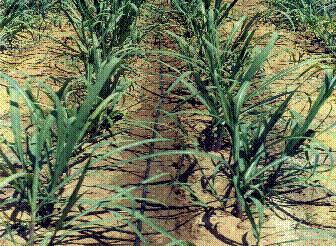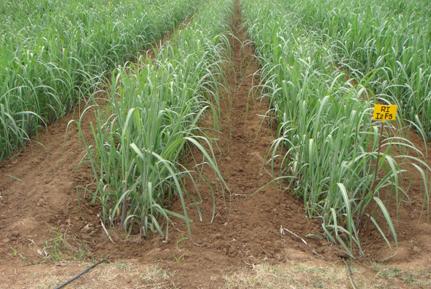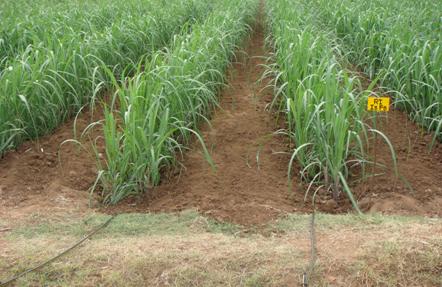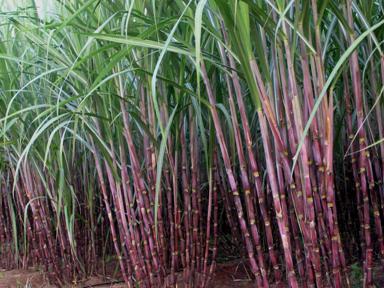
|
|||||||||||||||||||
| Home | Seasons & Varieties | Tillage | Nutrient Mgmnt | Irrigation Mgmnt | Weed Mgmnt | Crop Protection | Cost of Cultivation | Photobank | |||||||||||||||||||
Irrigation Management :: Sugarcane |
|||||||||||||||||||
Sugarcane Water Management Irrigate the crop depending upon the need during different phases of the crop. Germination phase (0 - 35 days):
The irrigation intervals in each phase are given below:
Drip Irrigation:
Source:http://www.tnau.ac.in/tech/swc/fertigation.pdf Concept of fertigation
Advantages of Fertigation
Contingent plan Gradual widening of furrow:
Pit method of sugarcane planting under drip fertigation system Technology
Benefits
Economics Source: TNAU, Coimbatore, 2006
Pit method of sugarcane planting under drip fertigation system |
|||||||||||||||||||
| Home | Seasons & Varieties | Tillage | Nutrient Management | Irrigation Management | Weed Management | Crop Protection | Cost of Cultivation | Disclaimer © All Rights Reserved. TNAU-2016. |
|||||||||||||||||||



